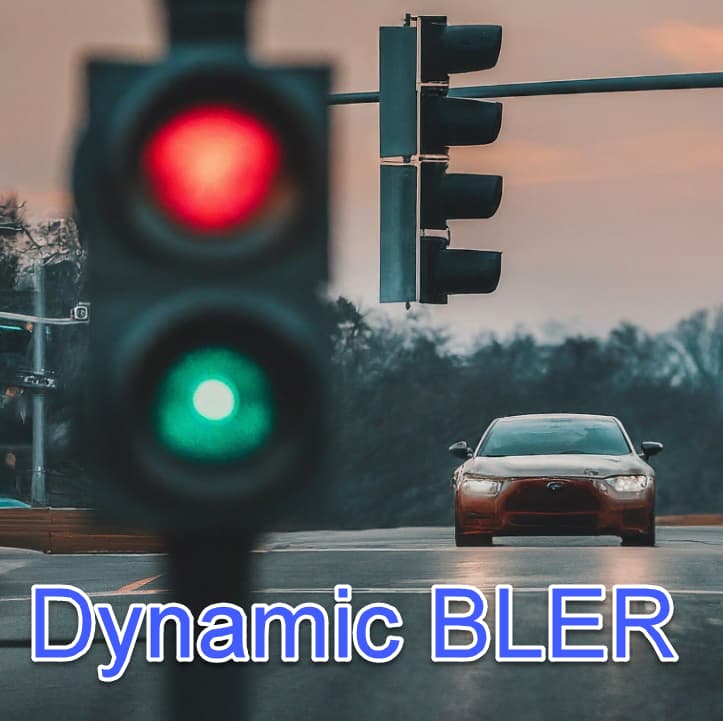Imagine a bustling city where traffic lights are no longer fixed, but adapt to the flow of vehicles, optimizing every route for efficiency.
This is similar to how Dynamic BLER (Block Error Rate) is revolutionizing 5G networks!
-
The Challenge: Static BLER
In the past, static BLER settings—like a constant 10%—were our go-to solution. They provided a one-size-fits-all approach to error management, but as you can imagine, this wasn’t always efficient. Much like how a fixed traffic light schedule can lead to congestion, static BLER often struggled to keep up with the diverse and dynamic demands of modern data traffic. -
The Solution: Dynamic BLER
Enter Dynamic BLER: the game-changer that’s transforming how we handle error rates in 5G. Instead of sticking to a rigid 10%, Dynamic BLER adjusts in real-time based on network conditions. This means the system can react to high traffic, interference, and user demands, optimizing performance and reliability as if it’s constantly tuning itself to the rhythm of the network’s needs. -
The Benefits Are Clear:
- Enhanced Efficiency: Just as adaptive traffic lights reduce congestion, Dynamic BLER minimizes errors and maximizes throughput, leading to smoother and faster data transfers.
- Improved User Experience: With tailored error management, users experience fewer disruptions and faster speeds, making your 5G service feel like a high-speed expressway rather than a bumpy ride.
- Greater Network Resilience: By adapting to real-time conditions, Dynamic BLER helps networks handle varying loads and challenges more effectively, ensuring a more stable and reliable connection for everyone.
In essence, Dynamic BLER is like having a traffic control system that continuously optimizes itself for the best possible flow. It’s a small change with a big impact, driving us towards a future where 5G is not just faster, but smarter too.
LinkedIn: ![]()
